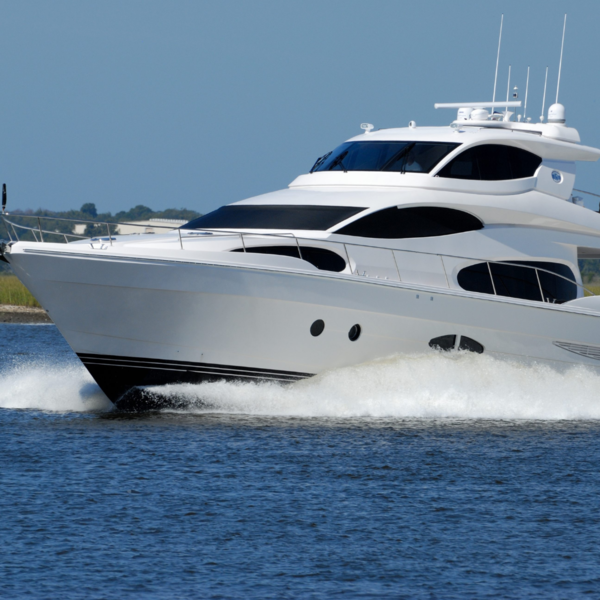Integrating Advanced Connectivity on a Yacht: A Sailing Use Case from Our Client
In the realm of luxury yachting, integrating advanced technology seamlessly is not just a luxury—it's a necessity for safety and efficiency. This is exemplified in the experience of Michael Trilling, a yacht owner, who leveraged Serial to Ethernet Connector to enhance the navigation and communication systems onboard his vessel.
Michael's yacht is outfitted with two main bus systems. The first is an RS422 bus with the NMEA0183 protocol, which connects various sensors such as wind, depth, speed, AIS (Automatic Identification Systems), and GPS. The second is a CAN-bus that uses the SeaTalkNG protocol, crucial for the operation of the yacht's autopilot system. These systems are interconnected through a multiplexer that not only bridges the protocols for data translation but also disseminates this information via a Wi-Fi network it generates.

To manage and interact with this data, Michael uses a Panasonic FZ-G1 Toughbook running Windows 10. This durable device is connected to the multiplexer's Wi-Fi, hosting OpenCPN—a chartplotter software that displays detailed sea charts and sensor data.
The challenge Michael faced was sending routing commands directly to the autopilot through the Toughbook. While OpenCPN supports this feature via a plugin, it traditionally requires a wired connection through a serial COM port. To circumvent this, Michael implemented the Electronic Team's Serial to Ethernet Connector. This software allowed him to create a virtual COM port on Windows, enabling the routing of commands wirelessly to a designated IP address and UDP port on the multiplexer. The multiplexer then seamlessly transmitted these commands to the CAN-bus, directly to the autopilot.
This software solution effectively allowed Michael to bridge a critical technological gap without the need for physical wiring or alterations to the yacht's structure. Serial to Ethernet Connector not only simplified the integration but also preserved the integrity and aesthetics of the yacht’s design.
Michael’s use case is a prime example of how Electronic Team’s solutions can be pivotal in enhancing the functionality of sophisticated systems in challenging environments, providing reliability, flexibility, and cutting-edge technology integration where precision and efficiency are paramount. For yacht owners like Michael, such technological enhancements are indispensable for safe and enjoyable navigation experiences.